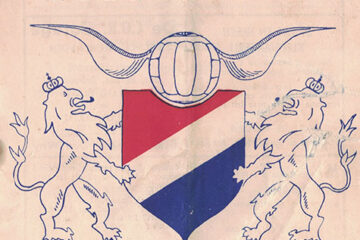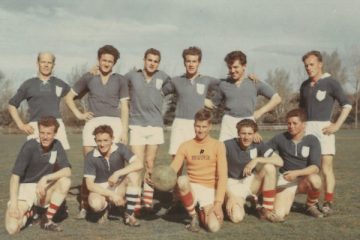Republished with permission. Chapter 18 of the book: A Touch of Dutch. For the full pdf of the book click here.
SC Neerlandia and the Dutch football footprint in Sydney
Post-war Dutch migration to Australia reshaped not only industry and housing but also community life. Football became one of the most effective ways for Dutch migrants to build social networks, maintain cultural continuity, and integrate Read more


